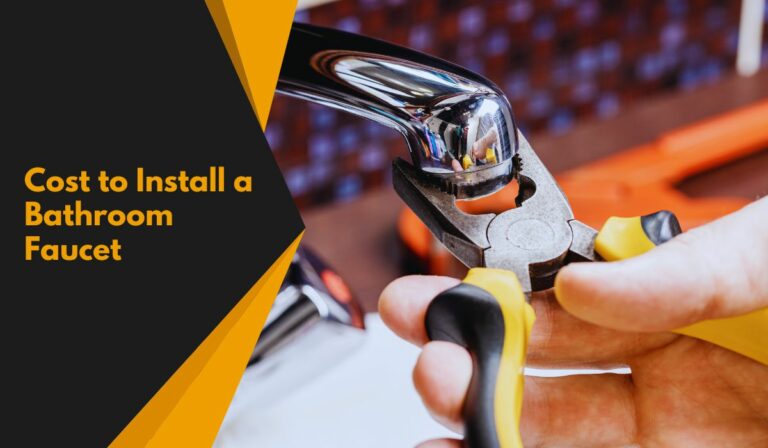How Often Do Cats Go to the Bathroom?
If you’re a cat owner, understanding your furry friend’s bathroom habits is essential, not just for cleanliness, but as a critical indicator of their health. Knowing how often cats typically urinate and defecate helps you spot when something might be off, allowing you to act quickly and keep your pet comfortable and healthy. In this text, you’ll learn all about normal cat bathroom patterns, what factors influence these habits, signs that suggest everything is going well, common problems to watch out for, and tips for monitoring your cat’s bathroom health effectively.
Understanding Cat Bathroom Habits
Normal Frequency of Urination
Cats usually urinate about two to four times a day, although this can vary a bit depending on their age, diet, and hydration. A healthy adult cat typically pees around every 6 to 8 hours. It’s important to note that consistent patterns are a good sign, if your cat suddenly starts urinating more or less frequently, it’s worth taking note.
Typical Defecation Patterns
As for bowel movements, cats generally defecate once a day, but sometimes once every other day is still considered normal if the stool is firm and regular. Kittens might go more often as they develop, while older cats might slow down slightly. The key is consistency and normal stool appearance.
Factors Affecting Bathroom Frequency
Age and Health Considerations
You’ll see that kittens tend to go more frequently due to their developing systems, while senior cats might have slower metabolism affecting their bathroom habits. Also, health conditions like kidney disease or diabetes can greatly increase urination frequency, while dehydration or digestive issues can reduce bowel movements.
Diet and Hydration Impact
What your cat eats plays a major role in bathroom habits. Wet food increases water intake, generally leading to more frequent urination, whereas dry food might cause less frequent, but more concentrated urine. Water intake is equally crucial: cats are notorious for not drinking enough water, which can lead to concentrated urine and potential urinary problems.
Environmental and Stress Factors
Changes in your cat’s environment, like moving homes, new pets, or even a dirty litter box, can cause stress, which often impacts bathroom patterns. Cats might hold it in or have accidents outside the box when stressed.
Signs of Healthy Bathroom Patterns
What to Expect in Cat Litter Box Use
A healthy cat will regularly use the litter box without hesitation. Typical visits involve some digging, elimination, and covering up afterward. The urine should be pale yellow and the stool well-formed and brown.
Recognizing Changes or Irregularities
Be alert to signs like straining to urinate or defecate, blood in urine or stool, excessive licking of the genital area, or sudden changes in frequency. These often indicate discomfort or underlying health issues that shouldn’t be ignored.
Common Bathroom Problems in Cats
Urinary Tract Infections and Other Issues
Urinary tract infections (UTIs), bladder stones, and feline lower urinary tract disease (FLUTD) are common problems that cause increased or painful urination. If your cat cries out when urinating, visits the litter box more often but passes little urine, or urinates outside the box, it’s time for a vet visit.
Constipation and Diarrhea Causes
Constipation can result from dehydration, lack of fiber, or certain illnesses, causing infrequent or painful defecation. On the flip side, diarrhea might be caused by infections, dietary changes, or parasites. Both warrant close attention as they can quickly impact your cat’s well-being.
How to Monitor and Support Your Cat’s Bathroom Health
Litter Box Maintenance Tips
Keeping your cat’s litter box clean and accessible is key. Scoop it daily and change the litter regularly to encourage consistent use. Place the box in a quiet, private spot and consider providing multiple boxes if you have more than one cat.
When to Consult a Veterinarian
If you observe any sudden or persistent changes in urination or defecation patterns, such as increased frequency, accidents, blood, straining, or signs of discomfort, you should consult your veterinarian promptly. Early diagnosis can prevent serious complications and keep your cat comfortable.
Conclusion
Understanding how often cats go to the bathroom gives you a powerful window into their health. By observing normal urination and defecation patterns, factoring in age, diet, and environment, and staying alert to any irregularities, you can ensure your cat stays happy and healthy. Regular litter box care and timely vet visits are simple yet vital steps you can take. After all, your attentive watchfulness is the best way to spot problems early and keep your beloved companion at their best.

